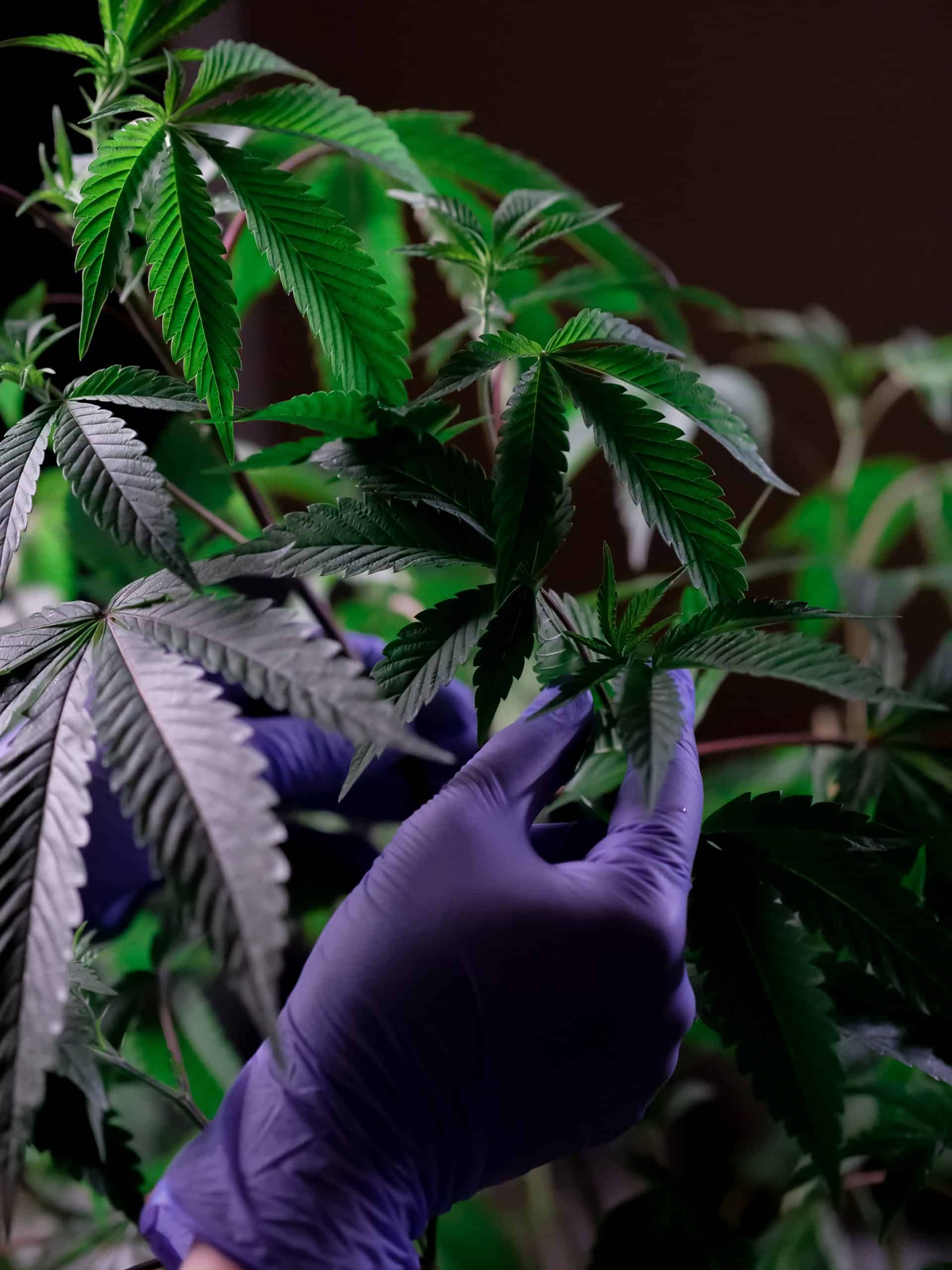Budding botanists, heed our call! Let’s embark on an enlightening journey through the world of Cannabis cultivation. Like any noble endeavor, it’s peppered with pitfalls and potholes, but fear not, for we have the map to traverse these tricky terrains. Grab your gardening gloves, don your sunhat, and let’s dive in!
Misjudging the Growing Medium
Picture this: you’re ready to settle into a comfortable night’s sleep, and your bed is a slab of concrete. Unpleasant, right? Now, replace yourself with a fragile Cannabis seedling and the concrete with a poorly chosen growing medium.
The choice of the growing medium can set the stage for your cultivation journey. The hydroponic system, although effective, requires an advanced level of expertise and equipment. In contrast, organic soil cultivation offers an excellent platform for rookies. It provides a buffer against minor errors and imitates the plant’s natural growing conditions, fostering strong, healthy growth.
The Watering Woe
On the spectrum of water management, the range runs from the “Sahara Desert” to “Monsoon Madness,” and it’s a challenge to strike a balance. Too little water leaves your plants gasping for hydration. Too much, and they’re swimming towards a slow and moldy demise.
The key to perfect watering lies in observing your plants. The top inch of the soil should be dry to the touch before the next watering. In hydroponic systems, a balanced water-to-air ratio is essential to prevent your plant roots from drowning or drying out.
Mismanaging Lighting
Cannabis plants love their sunbathing sessions, but like every good thing, it’s all about moderation. Mismanagement of lighting can have your indoor plants reaching for nonexistent sunlight or outdoor ones wilting under a harsh, relentless sun.
Indoor cultivators need to maintain a delicate dance between the intensity and duration of light exposure. Cannabis plants require a period of darkness to respire and grow. Outdoor cultivators, on the other hand, need to consider the local weather conditions. Use shading devices during peak summer to prevent the scorching sun from sizzling your plants.
Ignoring Plant Diseases
Turning a blind eye to plant diseases is like inviting a termite infestation into a wooden house. In both cases, by the time you acknowledge the problem, the damage might be irreparable.
Maintaining a clean growing area and regular monitoring can nip plant diseases in the bud. Recognize the signs – unhealthy coloration, unusual spots, stunted growth – and respond promptly. Organic pest control methods and fungicides can save the day when used at the right time.
Neglecting Plant Nutrition
A poorly fed Cannabis plant is a sad sight indeed. The difference between a scrawny, undernourished plant and a robust, thriving one often lies in their diet. Overfeeding and underfeeding both spell doom, the former leading to nutrient burn and the latter to nutrient deficiencies.
Understanding the nutritional needs of your Cannabis plants is crucial. Nitrogen, phosphorus, and potassium are the major nutrients, but a dash of trace elements like calcium, magnesium, and sulfur ensures a well-rounded meal for your plant. Remember, different growth stages require varying nutritional profiles.
Now that you’ve traversed the common pitfalls of cannabis cultivation, it’s time to put those green thumbs to work! But remember, knowledge without action is like a seed without soil. So don your gardening gloves, get that soil ready, adjust your lights, and embark on the fulfilling journey of growing your own cannabis. Every plant you nurture brings you one step closer to becoming a cannabis cultivation connoisseur. Ready to take the leap? Start cultivating now and grow your way to a greener future. Your cannabis garden awaits your expertise. Don’t forget to share your experiences and growth stories with us. Happy growing, folks!
Frequently Asked Questions
How often should I water my Cannabis plants?
There isn’t a one-size-fits-all answer. Check the top inch of your soil regularly. If it’s dry, it’s time to water. If it’s wet, hold off on watering.
Can I use natural sunlight for indoor growing?
It’s possible if you have a sun-drenched spot, but it’s challenging to control the amount of light the plant receives. Indoor growers often use artificial lights, which can be managed for intensity and duration.
What are the early signs of plant diseases?
Early signs include unhealthy discoloration, spots or patches on leaves, stunted growth, and wilting. Regularly inspect your plants and take action at the first sign of trouble.
Remember, every great cultivator has made their fair share of mistakes. It’s all part of the journey. Now, with your newfound knowledge, go forth and grow!






